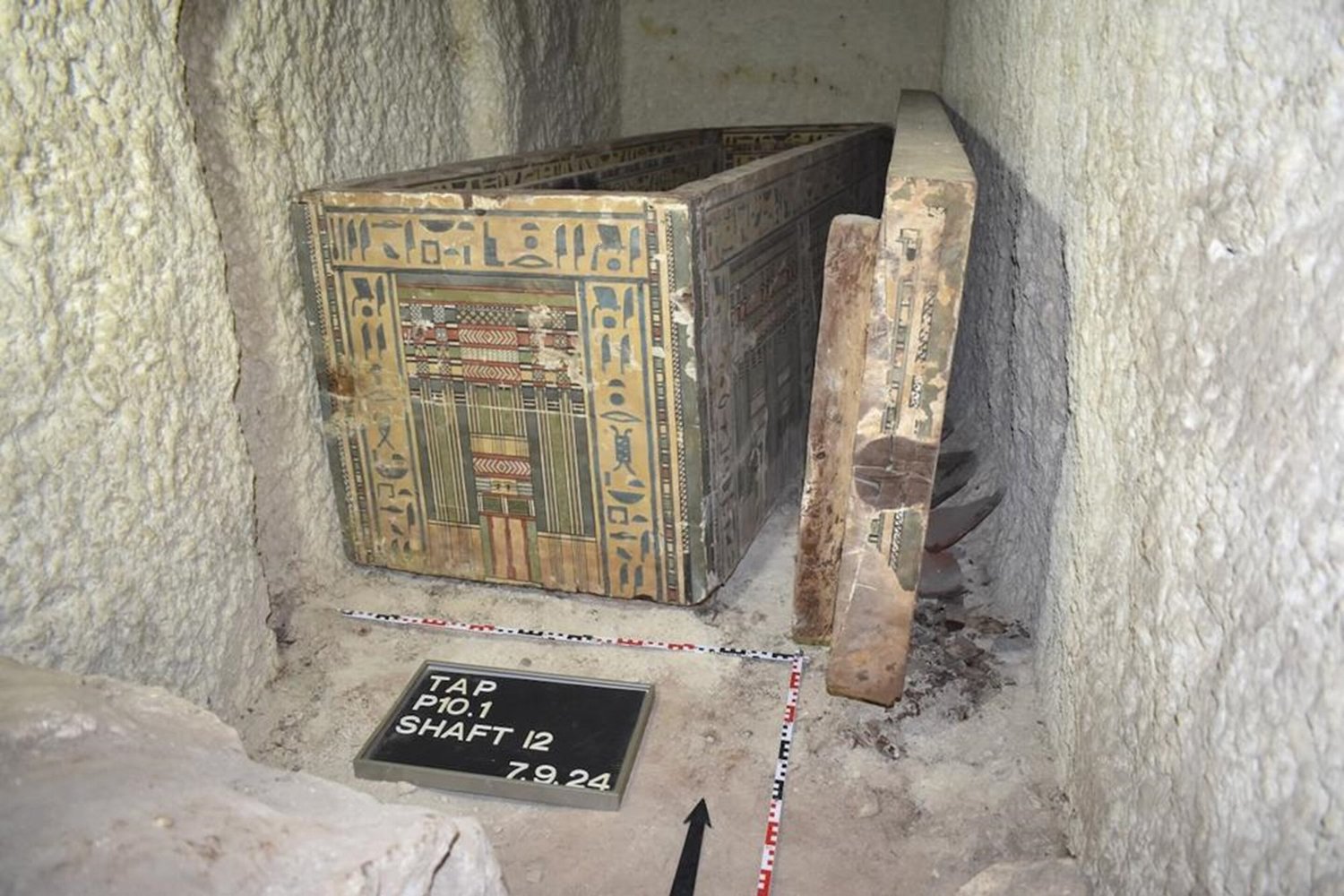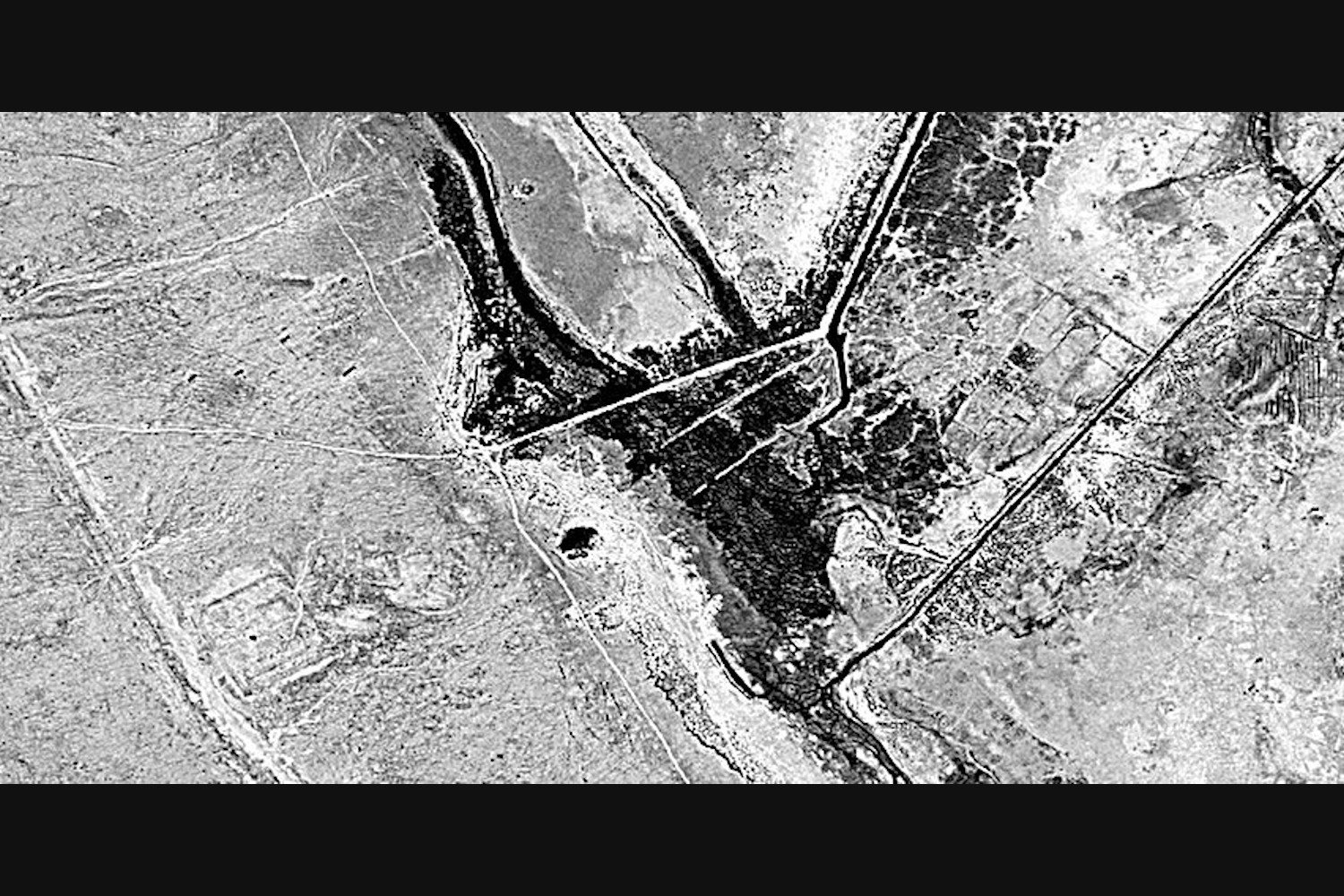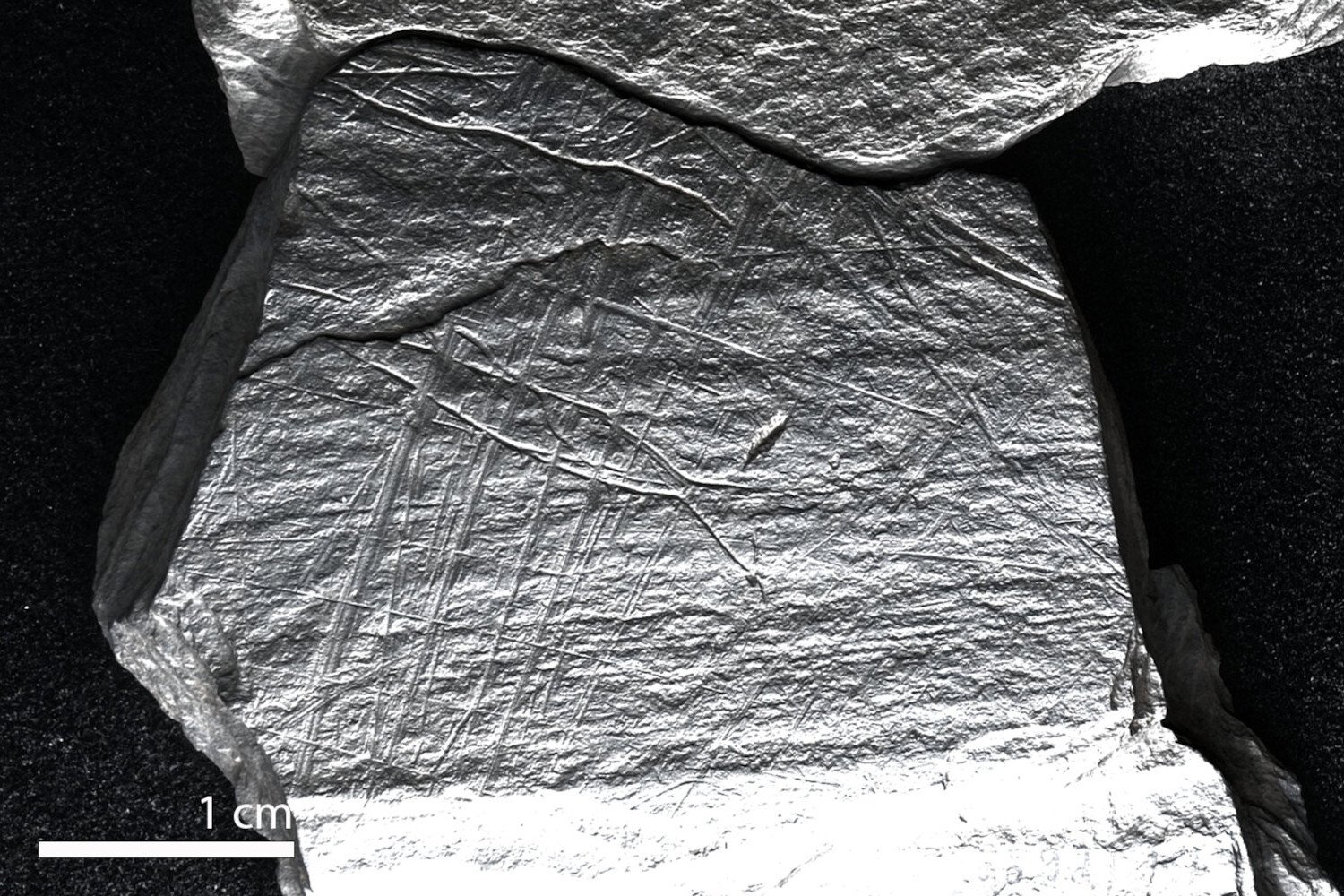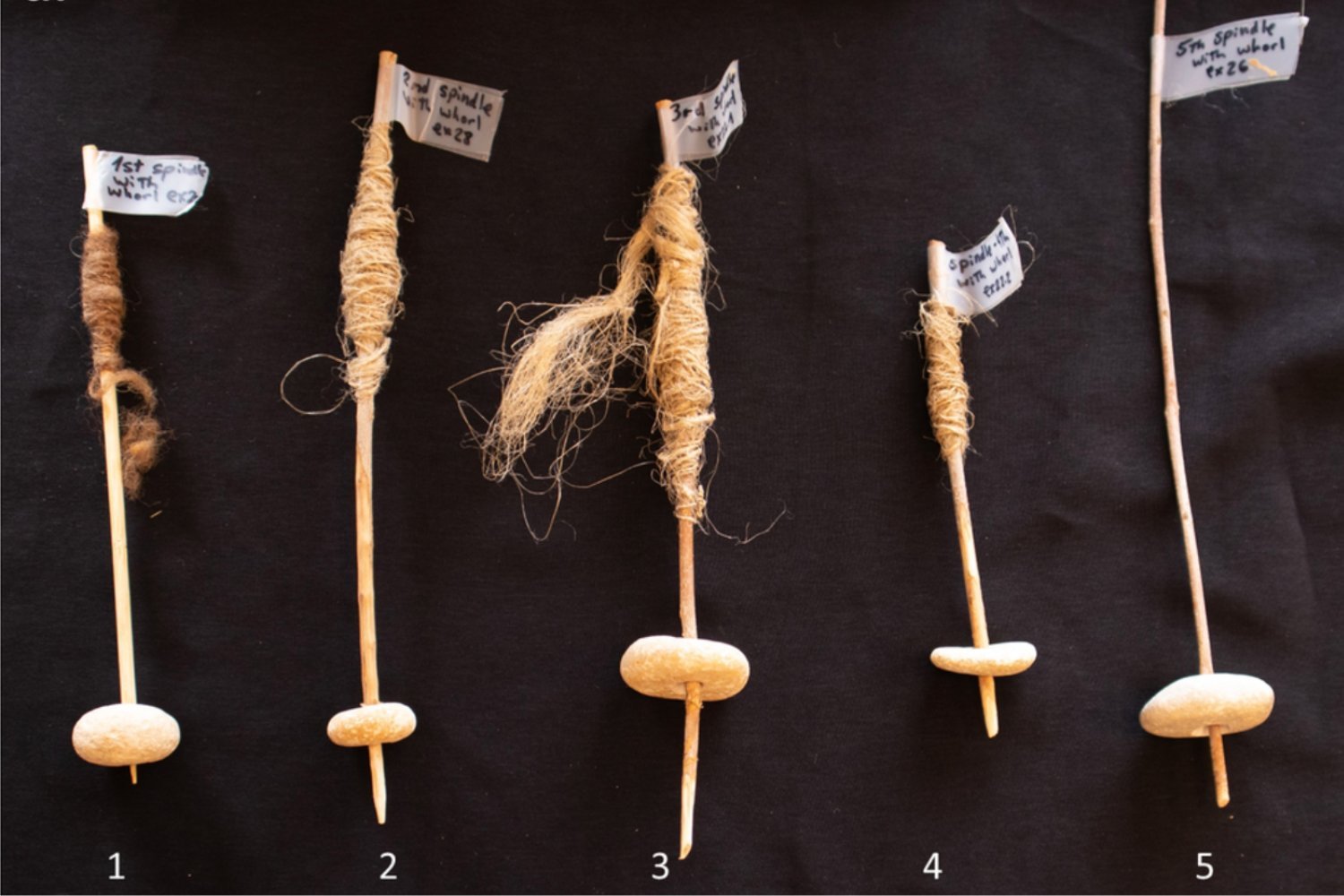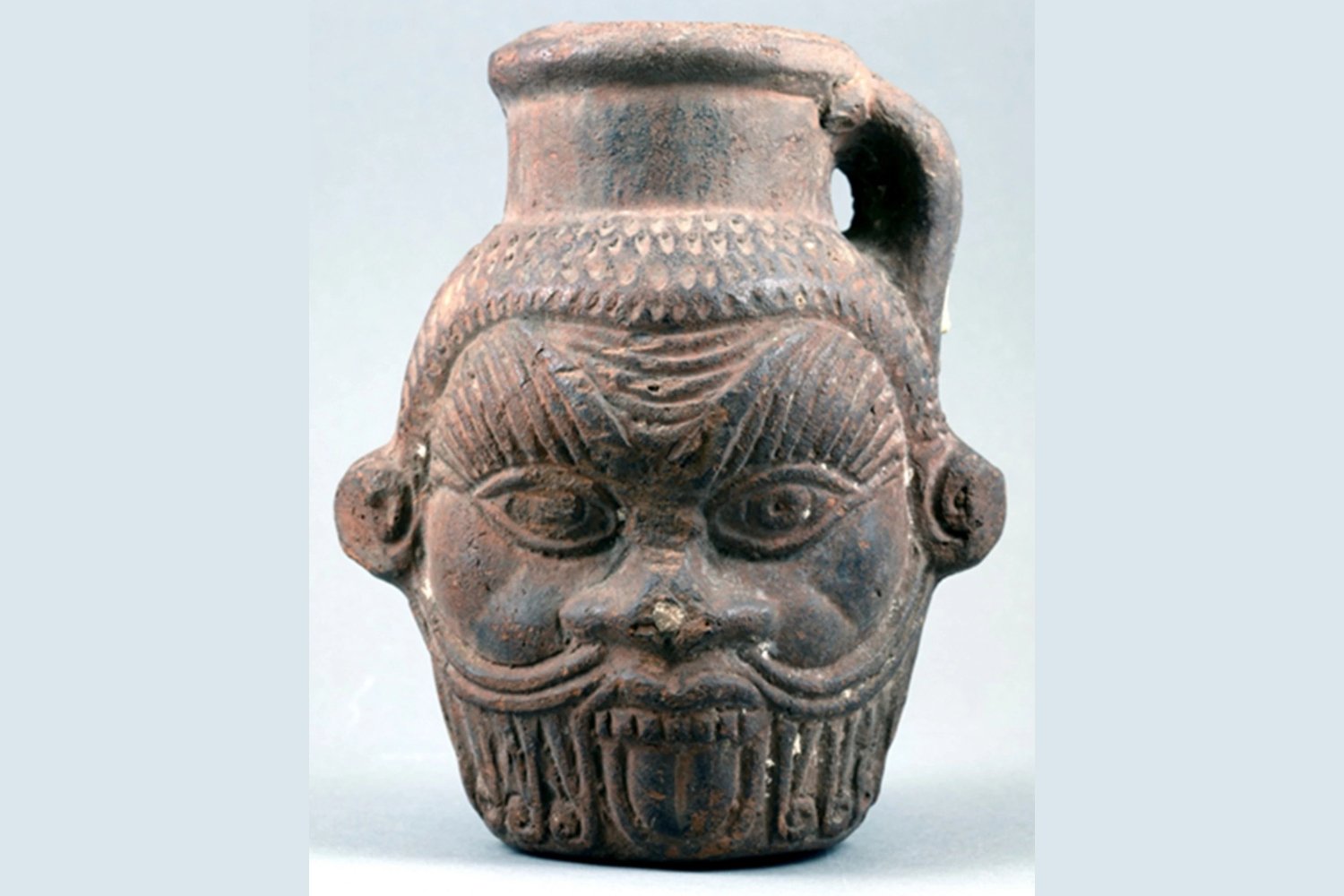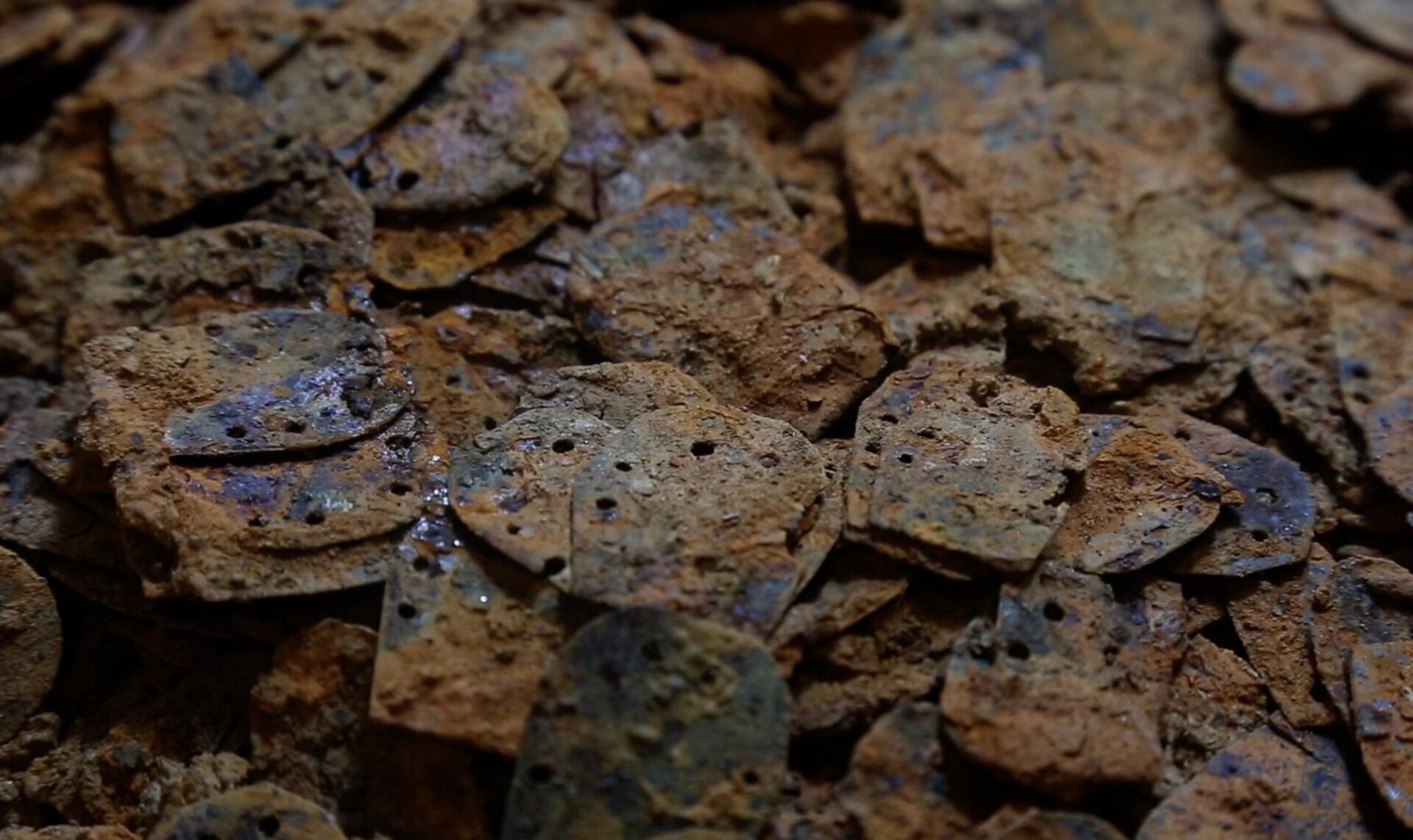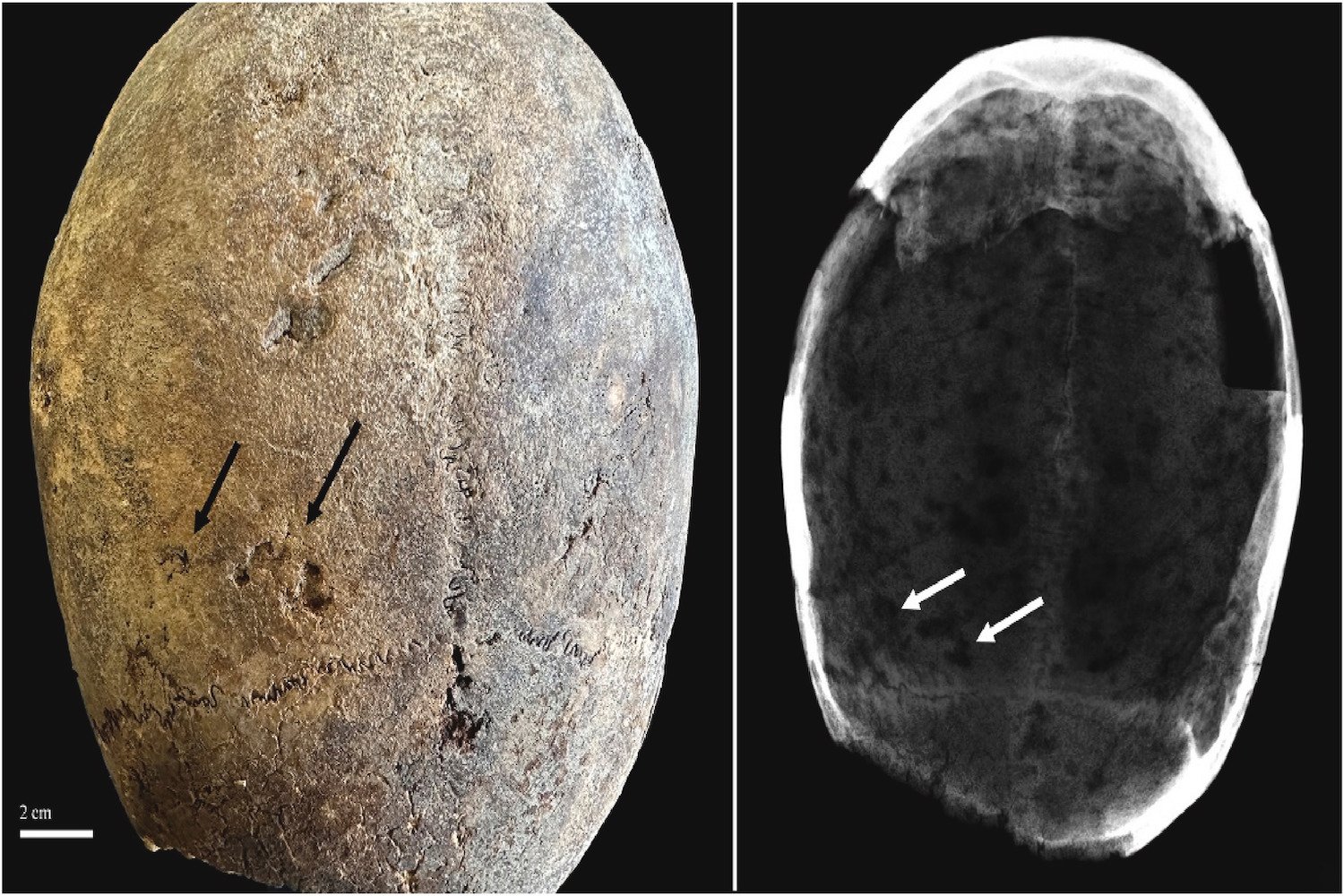The tomb of a priestess named Idy, dating back 3,900 years, has been discovered in the Gebel Asyut al-Gharbi mountains near Asyut, Egypt. This remarkable find, unearthed after 20 years of fieldwork, offers valuable insights into a lesser-known period of ancient Egyptian history. The discovery promises to shed light on the roles of women and the transmission of knowledge during this era.
The Discovery of Idy’s Burial Chamber
Idy’s burial chamber was found within a previously inaccessible side chamber of her father, Djefaihapi I’s tomb, dating to 1880 BCE. Djefaihapi I served as the regional governor of Asyut. While the chamber had been looted, archaeologists recovered a collection of artifacts including wooden figurines, a dagger, pharaonic insignia, and food offerings. The discovery was announced last month by Egypt’s Ministry of Tourism and Antiquities.
Idy’s Elaborate Coffins and Grave Goods
Two intricately decorated wooden coffins were found within the chamber, identifying Idy as a priestess of Hathor and the “Lady of the House,” indicating her family’s high status. The coffins, made of imported wood, are adorned with detailed images and texts depicting the journey to the afterlife. Researchers from the Free University of Berlin noted the extravagance of the decorations, even for the time period, echoing the adornments found within her father’s tomb.
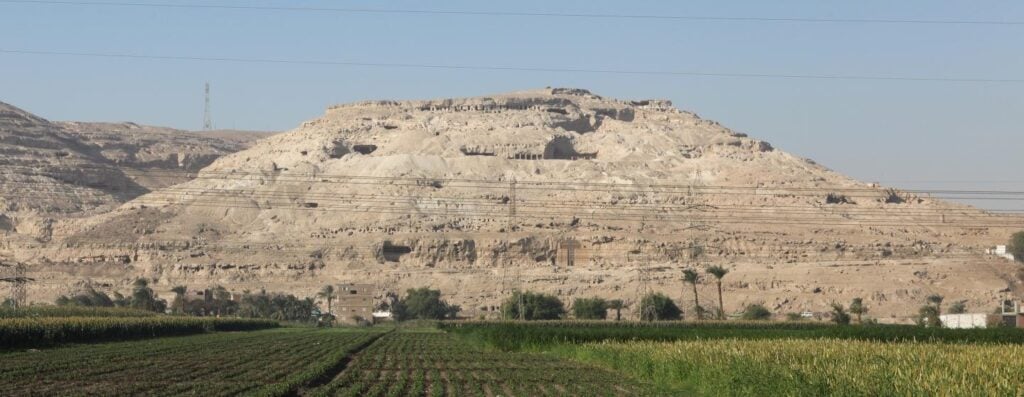 View of Gebel Asyut al-gharbi necropolisGebel Asyut al-Gharbi necropolis, where Idy’s tomb was discovered. Photo: Fritz Barthel
View of Gebel Asyut al-gharbi necropolisGebel Asyut al-Gharbi necropolis, where Idy’s tomb was discovered. Photo: Fritz Barthel
Within the chamber, archaeologists also discovered skeletal and textile remains, along with canopic jars housed in an inscribed chest. These jars contained Idy’s vital organs—liver, spleen, lungs, and intestines—removed during the mummification process. Analysis of these remains suggests Idy was approximately 40 years old at the time of her death.
Asyut: A Significant City in the Middle Kingdom
The burial chamber was located in the necropolis of ancient Asyut, a city of significant political and cultural influence during Egypt’s Middle Kingdom (circa 2030 to 1650 BCE). Strategically positioned between Memphis and Thebes, Asyut’s importance has often been overshadowed by more famous sites like Thebes and Luxor, due in part to its burial beneath Nile flood sediments and modern urban development.
The Middle Kingdom: An Understudied Era
The Middle Kingdom is the least documented of the three ancient Egyptian kingdoms. Many monuments from this period were repurposed, eroded, or looted, leading to a relative lack of physical evidence for archaeologists. This has contributed to the often overlooked status of this nearly four-century period in academic discourse.
Decorated coffin of IdyOne of Idy’s elaborately decorated coffins. Photo: Ministry of Tourism and Antiquities, Egypt
A Contribution to Understanding Ancient Egypt
The findings from Idy’s tomb have been shared with the Egyptian Ministry of Antiquities and Tourism. This discovery is expected to contribute significantly to the renewed academic interest in Asyut and bring much-needed attention to this understudied period of ancient Egyptian history, providing valuable information about women, religious practices, and societal structures of the time.



